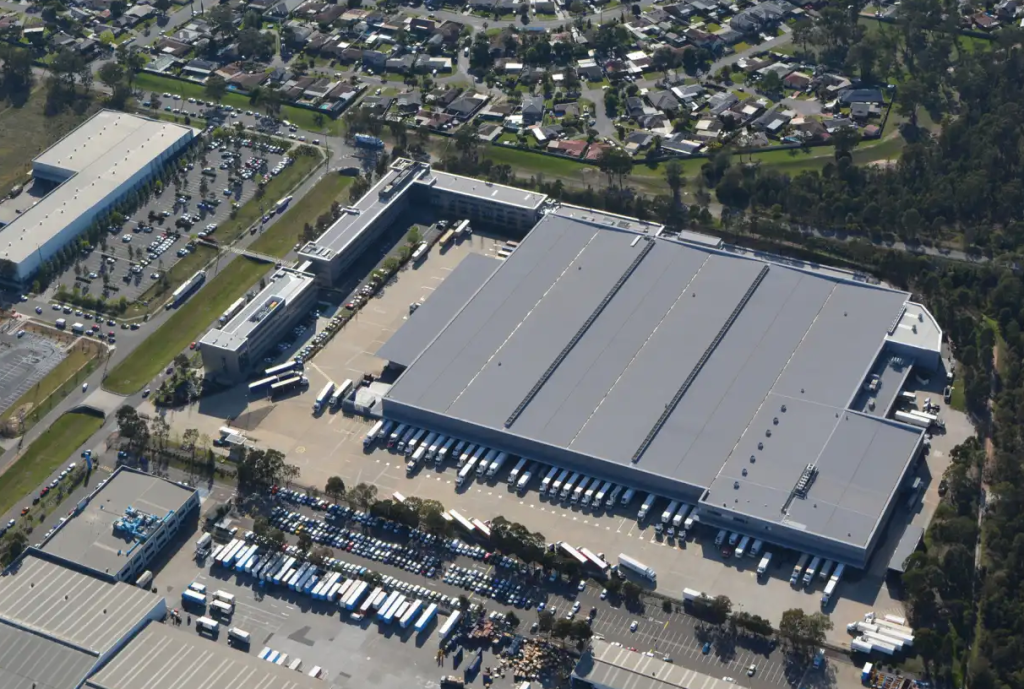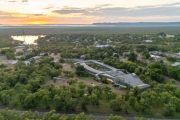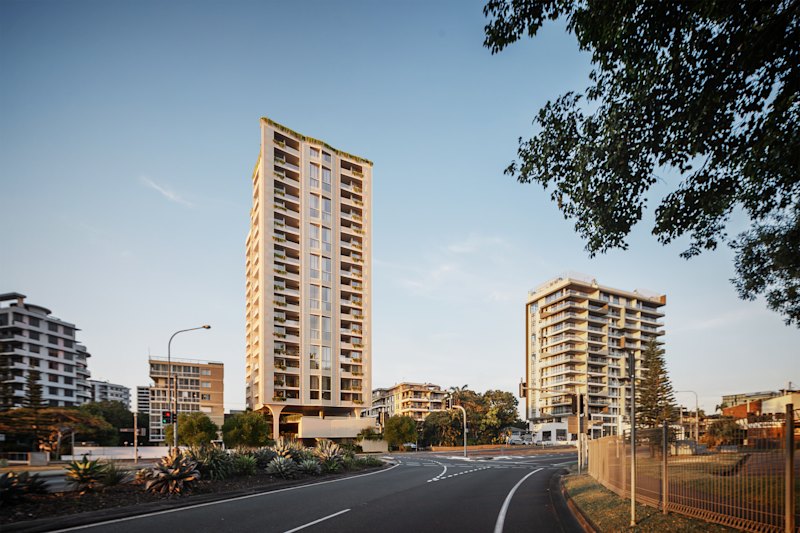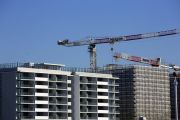
Investors will chase commercial property in 2021
Offshore investors will continue buying commercial real estate assets in Australia in 2021, with half of global investors surveyed by commercial agency JLL planning to boost their exposure to the transparent market enjoying strong economic growth and low volatility of returns.
But investors in a post-pandemic world will put a greater value on assets with environmental and social sustainability qualities that will make them hold value in the face of climate change and COVID-19, the agency’s Australia and New Zealand investment market themes for 2021 report says.
“We believe that the COVID-19 pandemic has led to a sharper focus on environmental, social and corporate governance criteria and investment, and that organisations will gravitate towards assets with strong sustainability attributes,” JLL’s head of research for Australia, Andrew Ballantyne, said.
“This creates a potential pool of pre-commitment tenants for developers and an opportunity for investors to refurbish or reposition existing assets.”
The pandemic shook up commercial property in 2020, halving transaction volumes from a year earlier, as the market took a breather on transactions between March and July, when much of the country was in lockdown. But as it bounced back it set the stage for several themes that would play out this year, Mr Ballantyne said.
Investors were willing to pay high prices for modern, good-quality industrial and logistics assets with long covenants, such as the Aldi portfolio of four distribution centres worth $648 million acquired by a Charter Hall CPIF-Allianz Real Estate joint venture.
Portfolios tilting away from retail
A stark contrast to industrial was retail property, which suffered an acceleration of the headwinds already facing bricks-and-mortar retail. While many landlords put planned disposals on hold, cutting the volume of retail investment sales by almost half, more assets are likely to come up for sale this year as investors tilt their portfolios away from retail, JLL said.
The pandemic also pushed many investors to expand into alternative assets, such as childcare, healthcare and data centre property, which were less tied to the broader economy than mainstream commercial sectors such as traditional office space.
“The resilience of most real estate alternatives sub-sectors was highlighted by high rent collection rates throughout COVID-19 and it has expanded the pool of investors seeking exposure to those sub-sectors,” the report says.
This tendency will also probably increase the appetite for the growing build-to-rent sector.
“The propensity to buy a residential dwelling reduces in an economic downturn and part of the population gravitates towards rental accommodation supporting the underlying demand for build-to-rent properties,” the report says.
“The resilience of most of these sub-sectors through COVID-19 has strengthened the investment thesis, and we expect to see a more diverse range of capital sources explore established assets and development opportunities in 2021.”
Non-bank lenders’ share of commercial real estate financing could expand to as much as 30 per cent of the market – or to $111.3 billion – as the greater returns on offer than equities or corporate debt draw more lenders to an area from which domestic banks are retreating, JLL says.
Vaccine announcement
Improving sentiment – due in part to announcements on vaccines – around assets such as office property will benefit valuations, but not make up for all losses they have suffered.
“Listed investor confidence in COVID-19-exposed sectors [office, retail and hotels] led to a strong rally in unit prices for those vehicles and a significant narrowing of the discount to net tangible asset value,” JLL’s head of capital markets for Australia, Fergal G Harris, said.
“We expect this confidence to flow through to direct real estate investors. While the sharemarket rally may reduce the motivation for some A-REITs to be motivated vendors, we believe that portfolio reweighting will remain a relevant theme for A-REITs and unlisted funds in 2021.”











